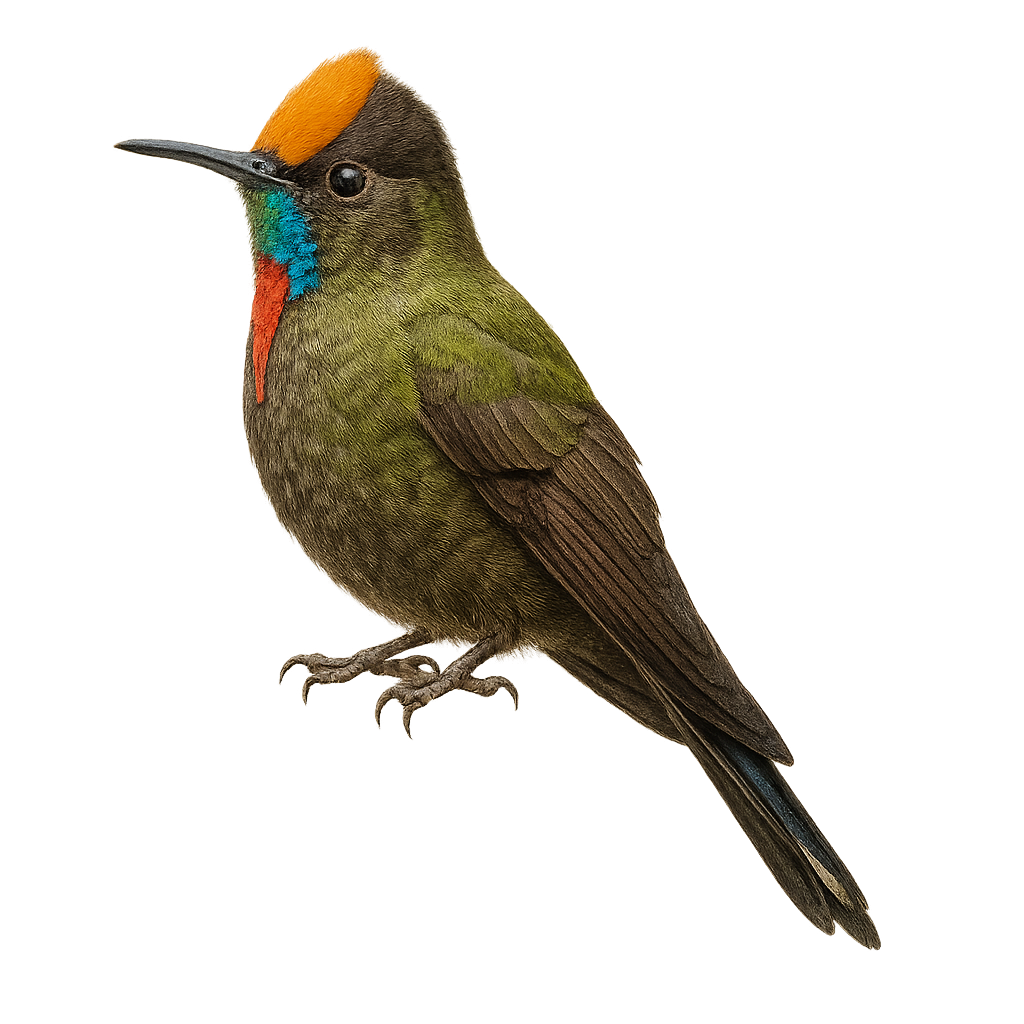Your wildlife photography guide.
Explore the bronze-tailed thornbill in detail, study its behavior, prepare your shots.
Where to observe and photograph the bronze-tailed thornbill in the wild
Learn where and when to spot the bronze-tailed thornbill in the wild, how to identify the species based on distinctive features, and what natural environments it inhabits. The WildlifePhotographer app offers tailored photography tips that reflect the bronze-tailed thornbill’s behavior, helping you capture better wildlife images. Explore the full species profile for key information including description, habitat, active periods, and approach techniques.
Bronze-tailed Thornbill
Scientific name: Chalcostigma herrani

IUCN Status: Least Concern
Family: TROCHILIDAE
Group: Birds
Sensitivity to human approach: Tolerant
Minimum approach distance: 5 m
Courtship display: October to November
Incubation: 15-17 jours
Hatchings: October to December
Habitat:
Cloud forests, alpine meadows, shrublands
Activity period :
Primarily active during the day, with peak activity in the morning and late afternoon.
Identification and description:
The Chalcostigma herrani, or Bronze-tailed Thornbill, is a fascinating small hummingbird endemic to the Andes. It is distinguished by its iridescent plumage, with a bronze-colored tail that gives it a particular shine. This hummingbird measures about 10 cm in length and weighs between 4 and 5 grams. Its thin, slightly curved beak is perfectly adapted to collecting nectar, its main food source. It frequents high-altitude areas, often above 2500 meters, where it feeds on Andean flowers. Although not very shy, it remains vigilant against predators. Its ability to hover and make rapid movements makes it a captivating sight for nature observers.
Recommended lens:
400 mm – adjust based on distance, desired framing (portrait or habitat), and approach conditions.
Photography tips:
To photograph the Bronze-tailed Thornbill, use a 400mm or longer telephoto lens to capture precise details without disturbing the bird. Look for areas where flowers are abundant, as these birds spend a lot of time there. Be patient and wait for them to perch or hover to get sharp shots. Use a fast shutter speed to freeze the rapid movement of their wings.
The WildlifePhotographer App is coming soon!
Be the first to explore the best nature spots, track rutting seasons, log your observations, and observe more wildlife.
Already 1 430 wildlife lovers subscribed worldwide

